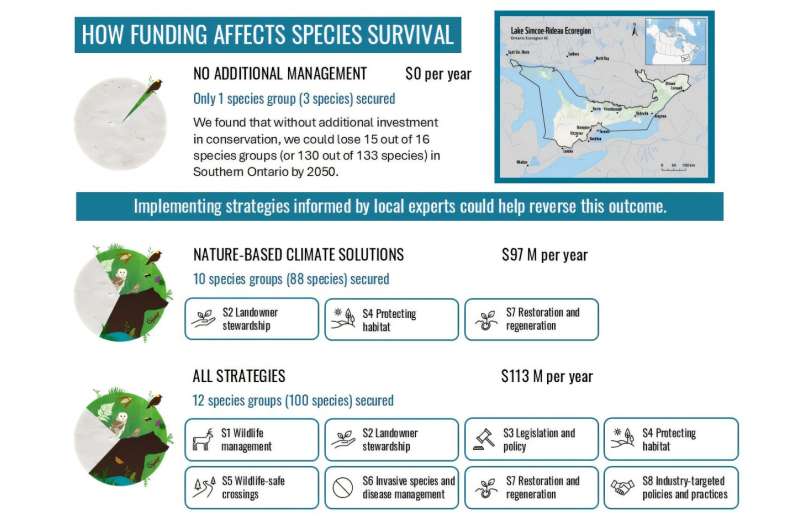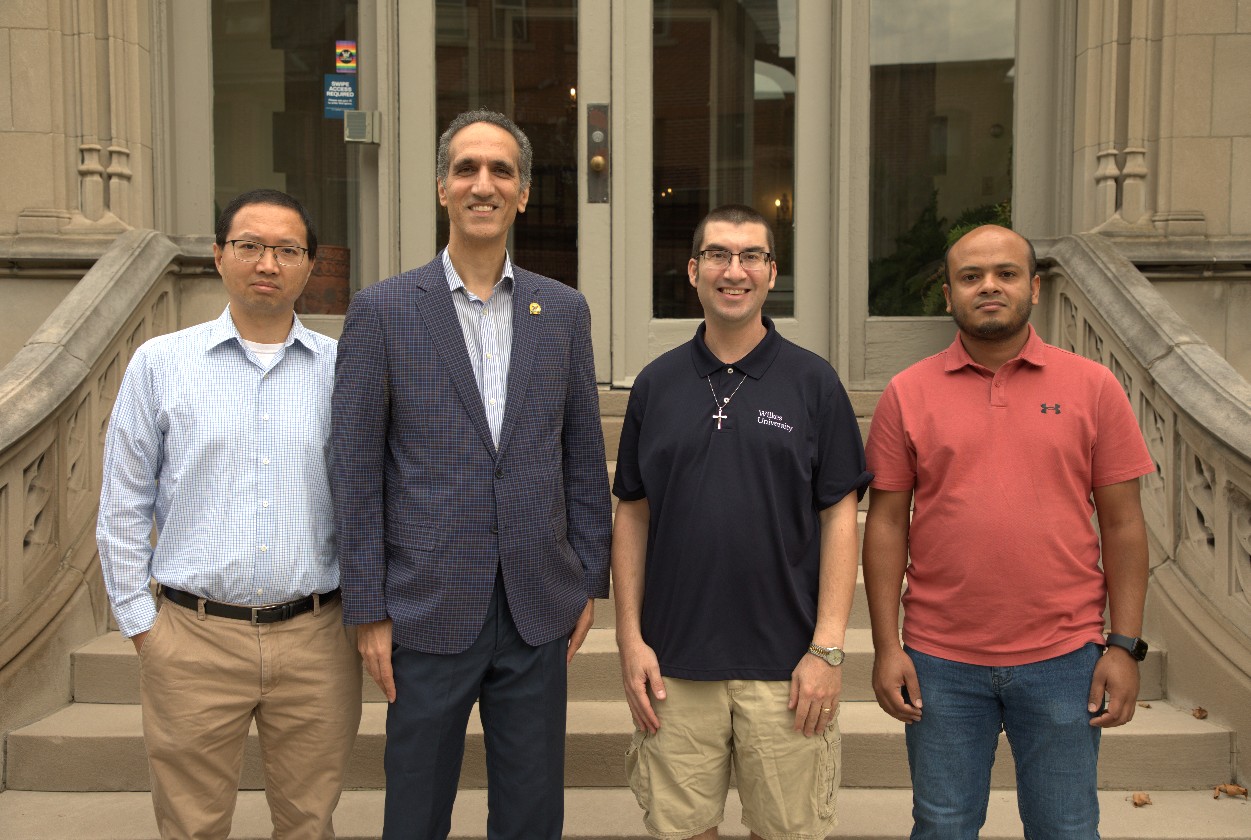Researchers at Aalto University in Finland have achieved a significant milestone in artificial intelligence by demonstrating single-shot tensor computing at the speed of light. This groundbreaking advancement could pave the way for next-generation hardware that utilizes optical computation instead of traditional electronic methods.
The research team successfully showcased this technology, which marks a major leap toward realizing artificial general intelligence (AGI). By leveraging light for data processing, this method promises faster and more efficient computations, potentially transforming how AI systems are designed and operated.
One of the critical aspects of this development is its ability to perform complex calculations instantaneously. Traditional electronic systems encounter limitations due to the speed of electrical signals, which can hinder performance. In contrast, optical systems utilize light, which travels at much higher speeds, offering a substantial advantage for processing large datasets and executing advanced algorithms.
The implications of this research extend beyond mere speed. Optical computation has the potential to reduce energy consumption significantly compared to current electronic systems. This reduction can contribute to more sustainable technology solutions, an essential consideration as global demand for computing power continues to rise.
Looking ahead, the researchers envision a future where AI systems powered by optical computation could lead to unprecedented advancements in various fields, including healthcare, robotics, and data analysis. The quest for artificial general intelligence is ongoing, and innovations like these are critical in bridging the gap between current AI capabilities and the vision of fully autonomous systems.
The study, which was conducted in 2023, highlights the importance of interdisciplinary collaboration in advancing technology. By combining insights from physics, computer science, and engineering, the Aalto University team has laid the groundwork for further exploration into optical AI systems.
As this research progresses, it will be essential to address the challenges associated with integrating optical components into practical applications. The transition from theory to functional devices will require additional innovations in materials and design. Nevertheless, the potential benefits of this technology could reshape the landscape of artificial intelligence and computing.
In summary, the breakthrough achieved by researchers at Aalto University marks a pivotal moment in the pursuit of faster, more efficient AI systems. The shift towards optical computation not only promises to enhance processing speeds but also aims to create a more sustainable future for technology. As the field evolves, continued research and collaboration will be vital for unlocking the full potential of artificial general intelligence.







